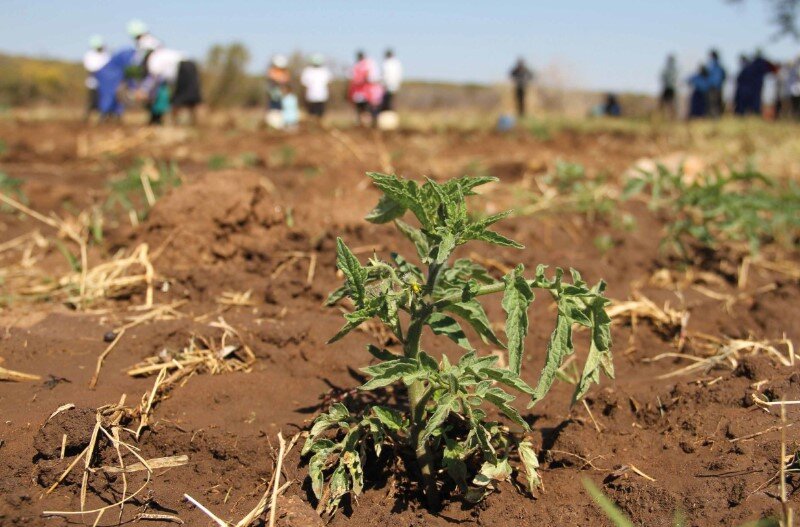FAO strengthens agricultural drought monitoring, warning systems in Iran

TEHRAN – The Food and Agriculture Organization of the United Nations (FAO) has helped Iran to establish a country-specific agricultural drought monitoring system, enabling the national authorities to detect periods of water stress and forecast crop yields more accurately in the Lake Urmia basin.
In this regard, FAO organized a three-day workshop to equip Iranian experts with operational knowledge and skills required to establish a country-level Agricultural Stress Index System (ASIS).
Designed by FAO to assist the countries in monitoring agricultural drought and managing its risk, ASIS as a part of the Global Information and Early Warning System on Food and Agriculture uses satellite data to detect agricultural areas where crops could be affected by drought and as a result, it helps the countries to strengthen their agricultural drought monitoring and early warning systems.
“ASIS can monitor the crop-specific areas during the crop cycle, detecting water stress and forecasting drought, that can produce a production reduction, two months ahead,” Oscar Rojas, FAO Natural Resources Officer who led the three-day workshop said.
Initially developed by FAO-HQ covering all around the world, the country-specific version of ASIS once calibrated with field data, including land-use maps, sowing dates, crop cycle duration, and crop coefficients; it will detect periods of water stress in crops and forecast crop yields more accurately.
“The tool simplifies the results in the form of easy-to-interpret maps enabling decision-makers at national and local levels to implement drought mitigation activities in agriculture, including the payment of parametric crop insurances and the provision of social protection schemes, on a timely basis. These results are also useful for guiding public investments such as water harvesting, irrigation, and water reserves,” Rojas added.
In this endeavor, and as part of the “Integrated Programme for Sustainable Water Resources Management in the Lake Urmia Basin” project jointly implemented by the FAO and Lake Urmia Restoration Program (ULRP) and funded by the Embassy of Japan.
“ASIS can assist in close monitoring of the agricultural stress within the Lake Urmia basin in order to manage the impact of those stresses on water resources management. Moreover, adding a probabilistic forecast to the ASIS which is going to be implemented within the extension of the ULRP-FAO project would be a proper tool for decision-makers,” Behdad Chehrenegar, the Head of Research Division of ULRP noted.
FAO is the lead UN agency dedicated to increasing the resilience of agricultural livelihoods and food systems and supports its member countries in their efforts to develop and establish agricultural early warning early action systems.
FB/MG
Leave a Comment